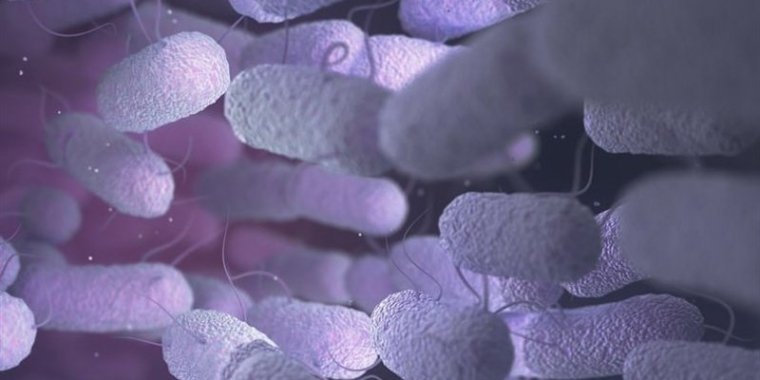| News / Science News |
Electricity from Sewage: Process Also Kills Germs
A scientific breakthrough has taken an emerging biotechnology a step closer to being used to treat wastewater in the developing world.

Wastewater flows through a series of cells filled with electroactive microbes can be used to attack and destroy a pathogen. ![]()
Researchers at the University of the West of England (UWE Bristol) have discovered that technology they have developed which has already been proven to generate electricity through the process of cleaning organic waste, such as urine, also kills bacteria harmful to humans.
Experts have shown that a special process they have developed in which wastewater flows through a series of cells filled with electroactive microbes can be used to attack and destroy a pathogen -- the potentially deadly Salmonella.
It is envisaged that the microbial fuel cell (MFC) technology could one day be used in the developing countries in areas lacking sanitation and installed in homes in the developed countries to help clean waste before it flows into the municipal sewerage network, reducing the burden on water companies to treat effluent.
"We were really excited with the results -- it shows we have a stable biological system in which we can treat waste, generate electricity and stop harmful organisms making it through to the sewerage network," Professor Ioannis Ieropoulos, who is leading the research, said. (Tasnim News Agency)
YOU MAY ALSO LIKE



